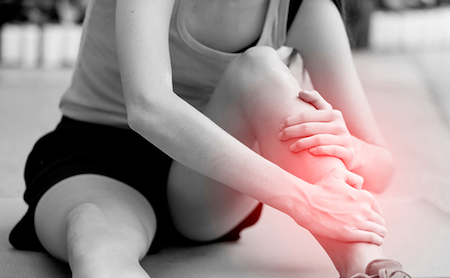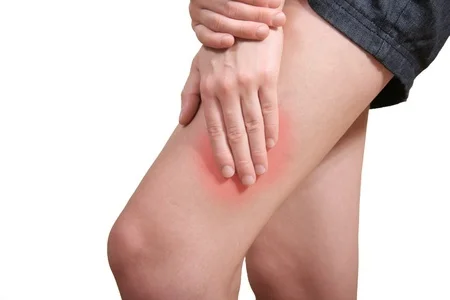Arthritic Knee
/The One Thing That Could Save Your Arthritic Knee
In 2014-2015 there were 52,039 knee replacement procedures undertaken in Australia. That represents 257 procedures per 100,000 people aged 18 years and over.
Clearly, this represents an extremely small proportion of people suffering debilitating osteo-arthritic knee pain, most of whom never make it to surgery, yet the reality of living with an osteo-arthritic knee can have significantly debilitating effects on quality of life and income earning capacity [including sport].
THE CAUSES OF OSTEO-ARTHRITIS OF THE KNEE CAN BE ATTRIBUTED TO A MULTITUDE OF FACTORS.
Genetic biomechanical anomalies such as knocked knee [genu valgum] or bow legged [genu varum] deformity creates a bias in the weight bearing distribution of the knee joint where only a small portion of the articular surface of the joint is subjected to most of the weight – bearing forces.
Repetitive loading will eventually lead to gradual deterioration of the protective articular cartilage surface until it pierces into the underlying pain sensitive bone.
Other causes of osteoarthritis often include poorly managed meniscal [cartilage] tears which can occur in a previously healthy knee as the result of a twisting injury in sports or activities requiring directional change such as netball or football or repetitive thrusting with rotation such as occurs in breast stroke swimming.
Understandable confusion exists on the use of the term “cartilage” which may refer to two distinctly different knee structures. The medical term “cartilage” is used to describe the smooth covering on any joint surface which serves to protect bone from erosion. Colloquially, it is commonly [and incorrectly] used to refer to the meniscus, the crescent shaped pad[s] located between the thigh and shin bones that offer further joint protection.
Tears to a healthy meniscus can occur creating a sharp edge or a small sliver that may not lie entirely congruent with the remaining meniscal body thereby creating a small “step”.
A meniscal fragment can act to both impede locking of the knee as well as shatter the smooth porcelain-like surface of the joint under excessive loading.
For the most part, peripheral meniscal tears generally heal within a couple of months if the split is not being constantly pulled apart by twisting or pivoting on a bent knee.
Significant knee trauma and osteoporosis [de-mineralisation of bones] are also primary contributors to knee osteo-arthritis.
Irrespective of whatever the cause of your osteo-arthritic knee, a common feature is that miniscule cartilage fragments or debris may emerge within the joint obstructing the knee from locking out fully. The greater the joint obstruction, the greater the knee bend and the smaller the contact surface between the femur [thigh bone] and tibia [shin bone].
Continuing to weight bear under these circumstances can precipitate very rapid destruction of a healthy knee leading to pain, swelling and difficulty activating the quadriceps muscles.
The single most important objective should always be to restore full and unrestricted knee extension. Under no circumstances should the knee be forced into a locked or fully straightened position as this will accelerate joint destruction.
TREATMENT:
The most useful technique for restoring knee function to an osteo-arthritic knee is to gently glide the two bones apart with the joint in 90 degrees which can be achieved by placing a webbing belt or folded towel behind the knee and pulling back on the shin bone for a minute or so.
This painless technique can immediately restore knee extension without harming the joint surface.
*INDIVIDUAL RESULTS MAY VARY BETWEEN PATIENTS.
Swelling can then be managed through conservative measures such as electrotherapy and anti- inflammatory medication and quadriceps function restored through graduated weight-bearing exercise.








